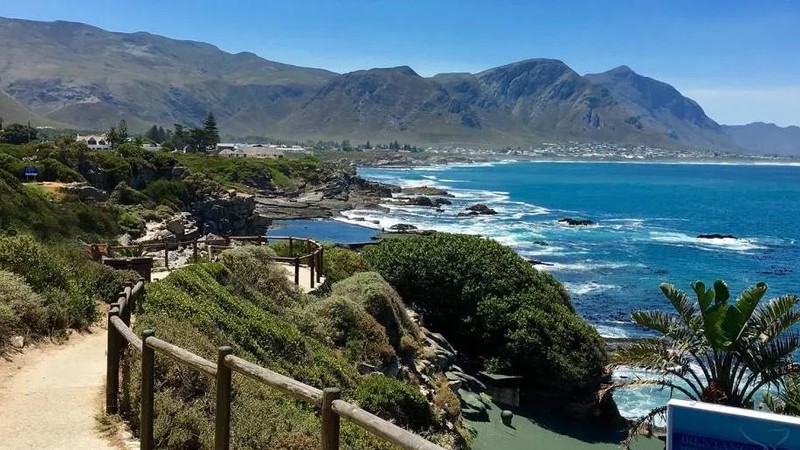In Hermanus, visitors and locals who loved the coastal promenade have long been frustrated by a gap in the pathway, an interruption that forced walkers off the scenic route for some 800 metres.
But at last, that missing stretch has been completed, linking up the two halves of a 12 km scenic seaside walkway.
What was once a standoff between environmental, municipal and private-land interests has been resolved, and the result is a more seamless, safer, and more inclusive coastal stroll for everyone.
View this post on Instagram
Why the delay?
The story goes back several years. The coastal walk in Hermanus, beloved for its ocean views, whale spotting and gentle walking terrain, has always been a draw.
But the gap, a missing 800 metres between two existing sections, created a barrier, forcing walkers to detour inland or contend with less safe terrain.
Negotiations, disputes over land access, environmental concerns and the complexities of coastal property ownership all contributed to the delay.
Local residents, hikers and environmental groups pushed for its completion, arguing that the missing link undermined the integrity and experience of the walkway.
After prolonged discussions and planning, the final stretch has now been delivered. The new path fills that gap and allows continuous walking along the coast without interruption, restoring the full 12 km route for public enjoyment.
What this means for Hermanus and its visitors
For tourists and locals alike, the completion of the footpath does more than improve aesthetics – it enhances safety, accessibility, and the visitor experience.
No more juggling between road detours or risking unfriendly terrain. Walkers, joggers, families with children, even people with mobility aids can now enjoy a consolidated coastal route.
For eco-tourism, this is a boon. Hermanus’ appeal lies in its natural beauty, the dramatic coastline, and its reputation as a whale-watching hub.
Challenges overcome and lessons learned
Issues of land ownership, balancing private rights and public access is a central tension.
It also required persistent political will, community activism and funding. That it took years speaks to the complexity of coastal development in South Africa, especially where public amenity intersects with private land rights and environmental regulation.
Travel
